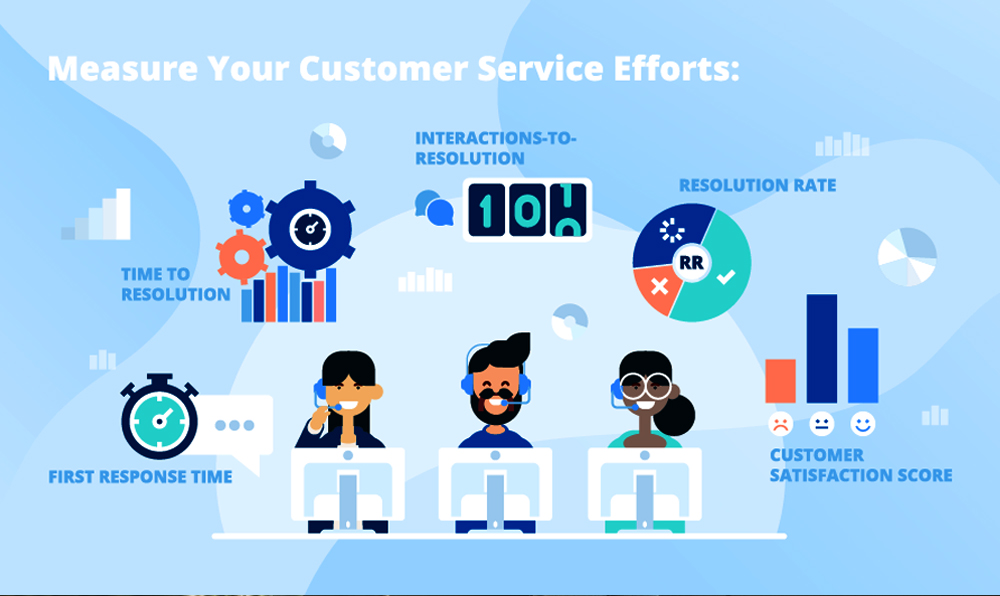Customer education is the process of teaching customers how to use a product or service effectively. It can help increase customer satisfaction, loyalty, and retention. Thus, it is an important component of a successful customer experience.
However, simply having a customer education program is not enough. It is equally important to measure how the program is performing. This is where customer education metrics come in.
Customer education metrics are quantitative measurements that can be used to assess the success of a customer education program. By tracking these metrics, businesses can identify areas where the program is excelling and areas where it can be improved.
In this article, we will discuss five customer education metrics that businesses should track to measure the ROI of their customer education programs.
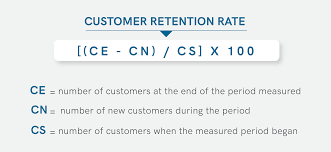
1. Customer Retention Rate
Customer retention rate is the percentage of customers who continue to do business with a company over a specific period of time. It is one of the most important customer education metrics to track, as it is a strong indicator of customer satisfaction and loyalty.
How to calculate customer retention rate:
Customer Retention Rate = (Number of customers at the end of the period / Number of customers at the beginning of the period) * 100
For example, if a company has 100 customers at the beginning of the year and 80 customers at the end of the year, its customer retention rate would be 80%.
How customer education can impact customer retention rate:
Customer education can help improve customer retention rate by:
- Helping customers get more value from the product or service
- Reducing customer churn by helping customers resolve problems and overcome challenges
- Increasing customer satisfaction by providing customers with the knowledge and skills they need to succeed
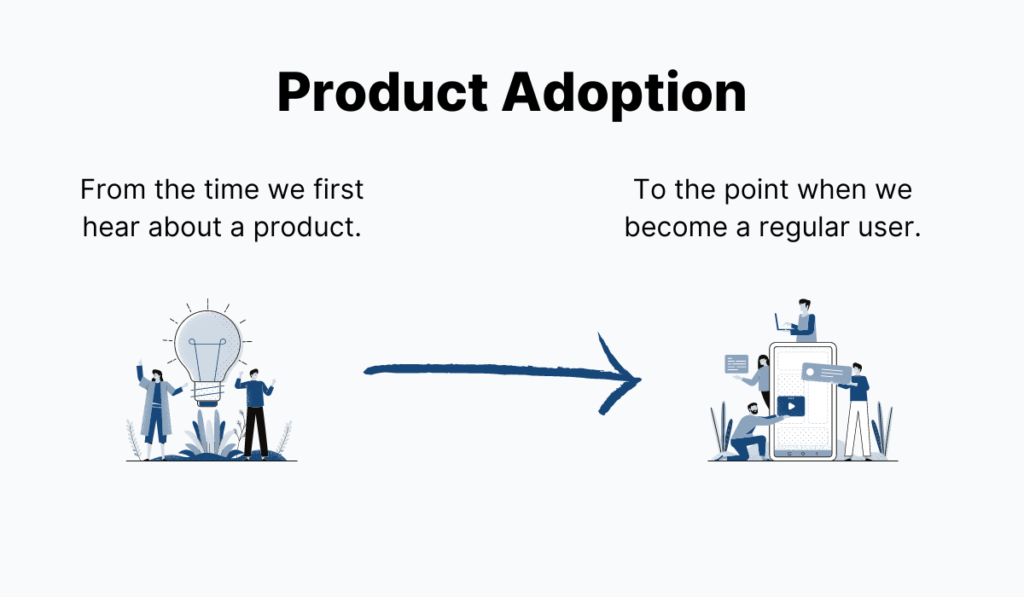
2. Product Adoption
Product adoption is the percentage of customers who are actively using a product or service. It is an important customer education metric to track, as it is a measure of how successful a business is in getting customers to use its product or service.
How to calculate product adoption:
Product Adoption = (Number of active users / Total number of customers) * 100For example, if a company has 100 customers and 70 of them are actively using its product, its product adoption rate would be 70%.
How customer education can impact product adoption:
Customer education can help improve product adoption by:
- Helping customers understand the benefits of the product or service
- Providing customers with the training and support they need to start using the product or service
- Identifying and addressing common customer pain points
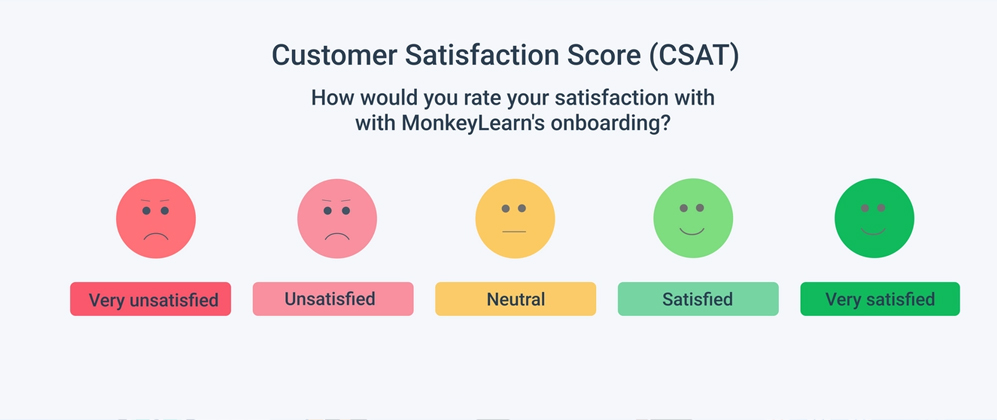
3. Customer Satisfaction (CSAT)
Customer satisfaction (CSAT) is a measure of how satisfied customers are with a product or service. It is an important customer education metric to track, as it can provide insights into how effective the customer education program is at meeting the needs of customers.
How to calculate CSAT:
CSAT is typically measured through surveys. Customers are asked to rate their satisfaction with the product or service on a scale of 1 to 5, with 1 being “very dissatisfied” and 5 being “very satisfied.”
How customer education can impact CSAT:
Customer education can help improve CSAT by:
- Helping customers learn how to use the product or service effectively
- Resolving customer problems and answering customer questions
- providing customers with the support they need to succeed
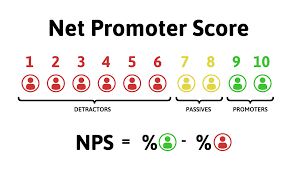
4. Net Promoter Score (NPS)
Net promoter score (NPS) is a measure of customer loyalty. It is calculated by asking customers how likely they are to recommend a product or service to a friend or colleague.
How to calculate NPS:
NPS is calculated by subtracting the percentage of customers who are detractors (those who gave a score of 0-6) from the percentage of customers who are promoters (those who gave a score of 9-10).
How customer education can impact NPS:
Customer education can help improve NPS by:
- Helping customers get more value from the product or service
- Increasing customer satisfaction
- Building trust and rapport with customers
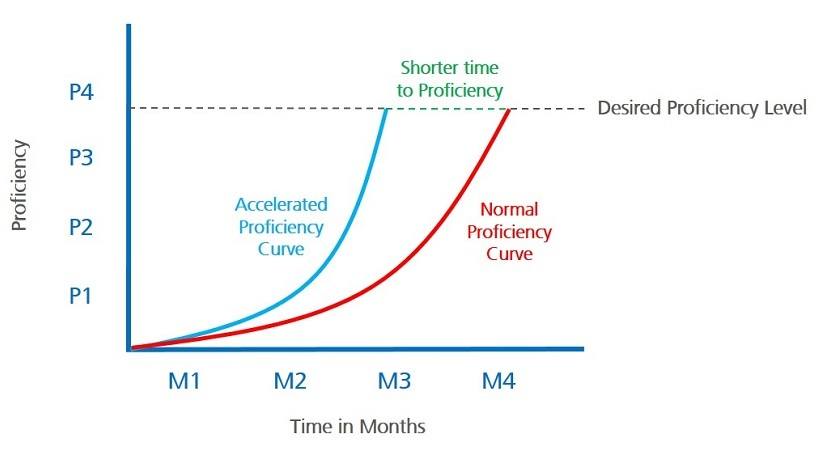
5. Time to Competency
Time to competency is the amount of time it takes for a customer to learn how to use a product or service effectively. It is an important customer education metric to track, as it can help businesses identify areas where they can improve their customer education program.
How to calculate time to competency:
Time to competency can be calculated by tracking the amount of time it takes customers to complete specific tasks, such as onboarding tasks, training modules, or support tickets.
How customer education can impact time to competency:
Customer education can help reduce time to competency by:
- Providing customers with the training and support they need to learn how to use the product or service effectively
- Breaking down complex tasks into smaller, more manageable steps
- Offering personalized guidance and support
How to measure ROI using time to competency:
To measure ROI using time to competency, you can compare the average time it takes for trained customers to complete a task to the average time it takes for untrained customers to complete the same task. The difference in time can then be translated into financial savings, such as reduced support costs or increased productivity.
For example, if it takes trained customers an average of 1 hour to complete an onboarding task, while it takes untrained customers an average of 2 hours to complete the same task, then your customer education program is saving you an average of 1 hour per customer. If you have 100 new customers onboarded each month, then your customer education program is saving you 100 hours per month, or 1200 hours per year.
If you can estimate the cost of an employee’s time, then you can translate this time savings into financial savings. For example, if an employee’s time is worth $50 per hour, then your customer education program is saving you $6000 per year.
By tracking time to competency and calculating ROI, businesses can assess the effectiveness of their customer education program and identify areas where they can improve.
Conclusion
Customer education metrics are an essential tool for measuring the success of a customer education program. By tracking these metrics, businesses can identify areas where the program is excelling and areas where it can be improved.
Businesses can use these metrics to track the progress of their customer education program over time and to make informed decisions about how to improve the program.
Explore the potential of Green LMS, a cloud-based LMS, firsthand by signing up for a free lifetime Business LMS with a user limit. This allows you to experience the full scope of features that Green LMS provides, including:
- Tailoring for various applications: Green LMS can be tailored for higher education LMS, Schools LMS, Corporate LMS, and Business LMS.
- Efficient and effective online learning and training management: Green LMS provides a variety of features to help businesses deliver effective online learning and training, including course creation and delivery, learner tracking and reporting, and gamification.
Click here to sign up for a free lifetime Green LMS Business LMS.

